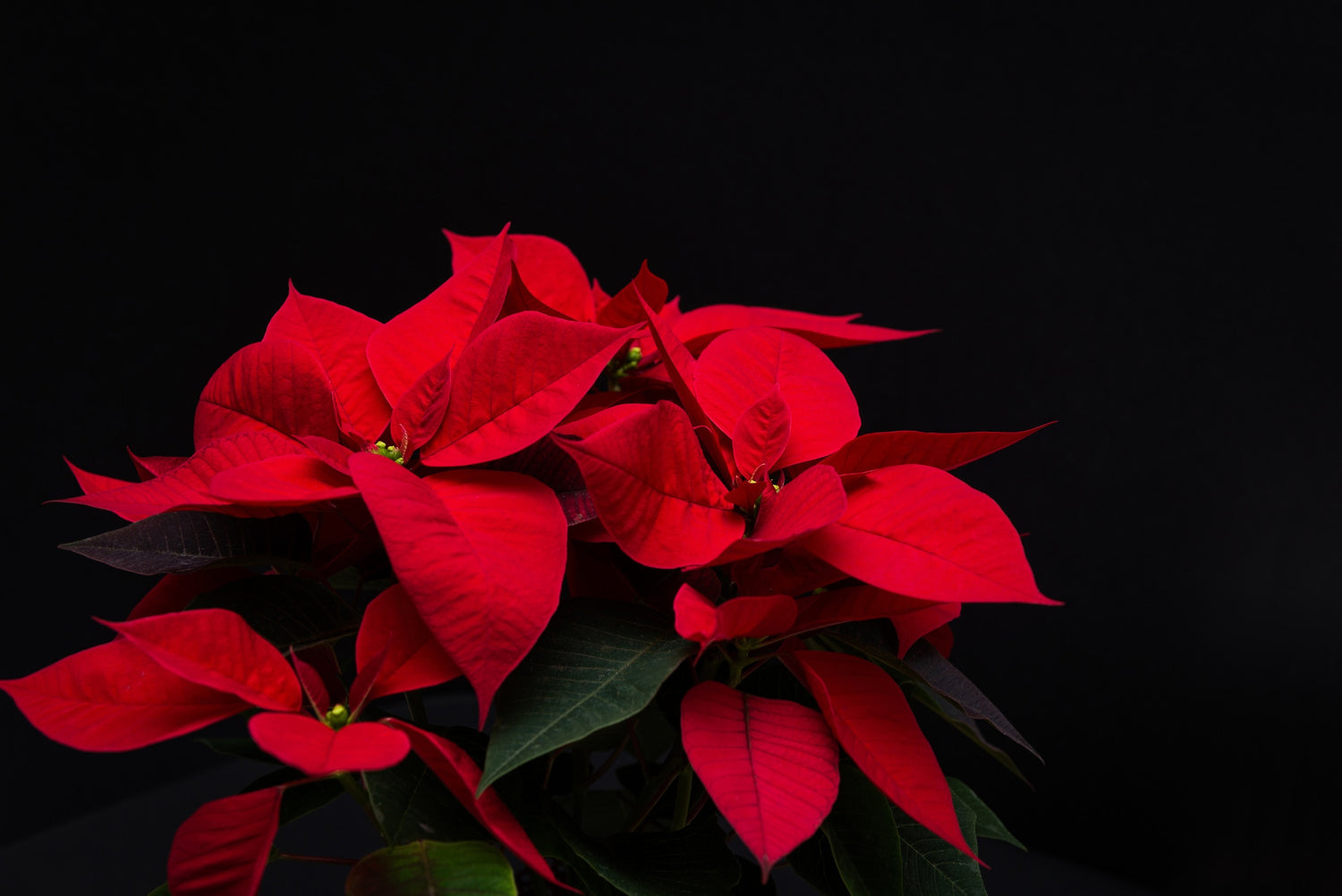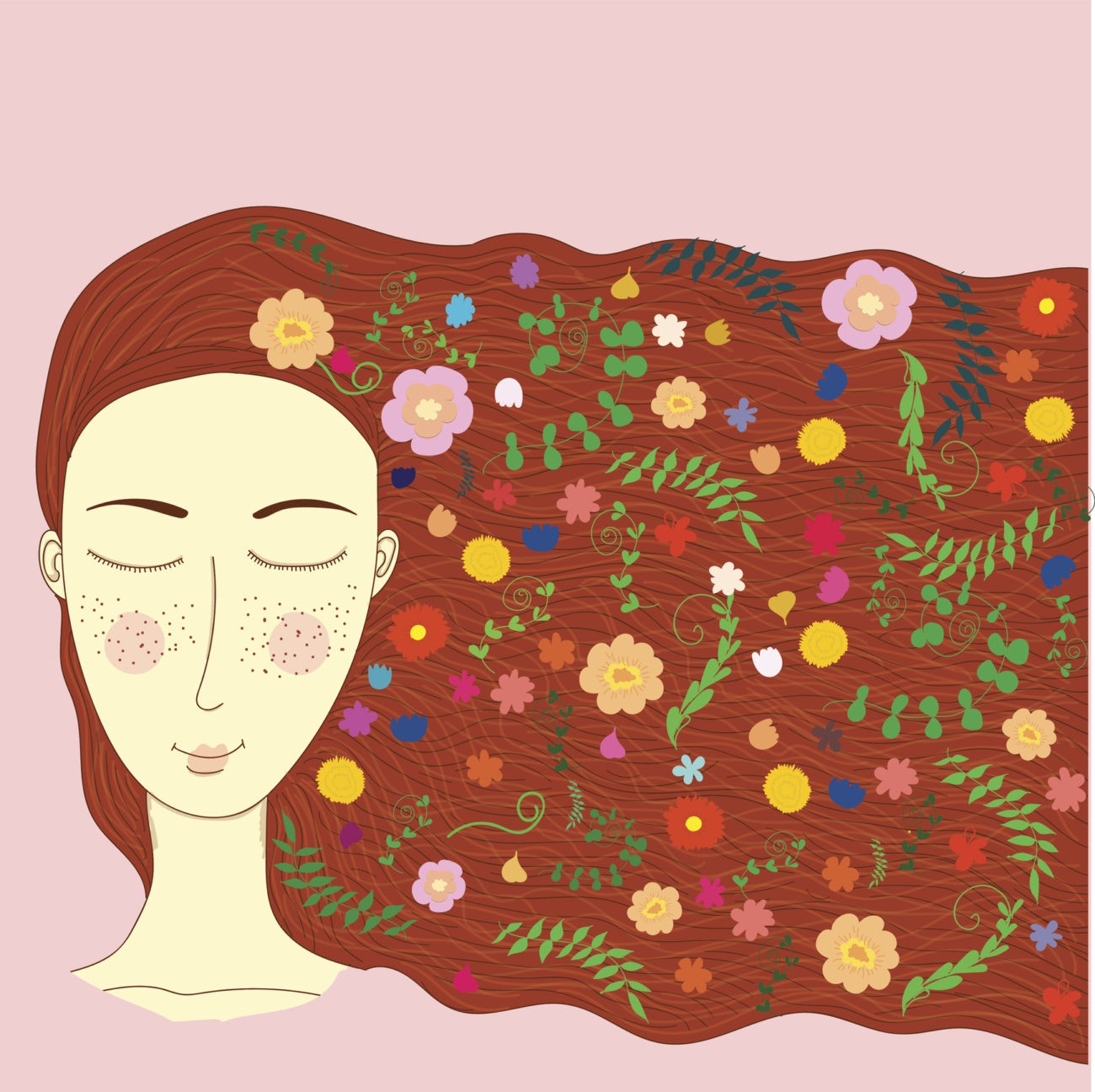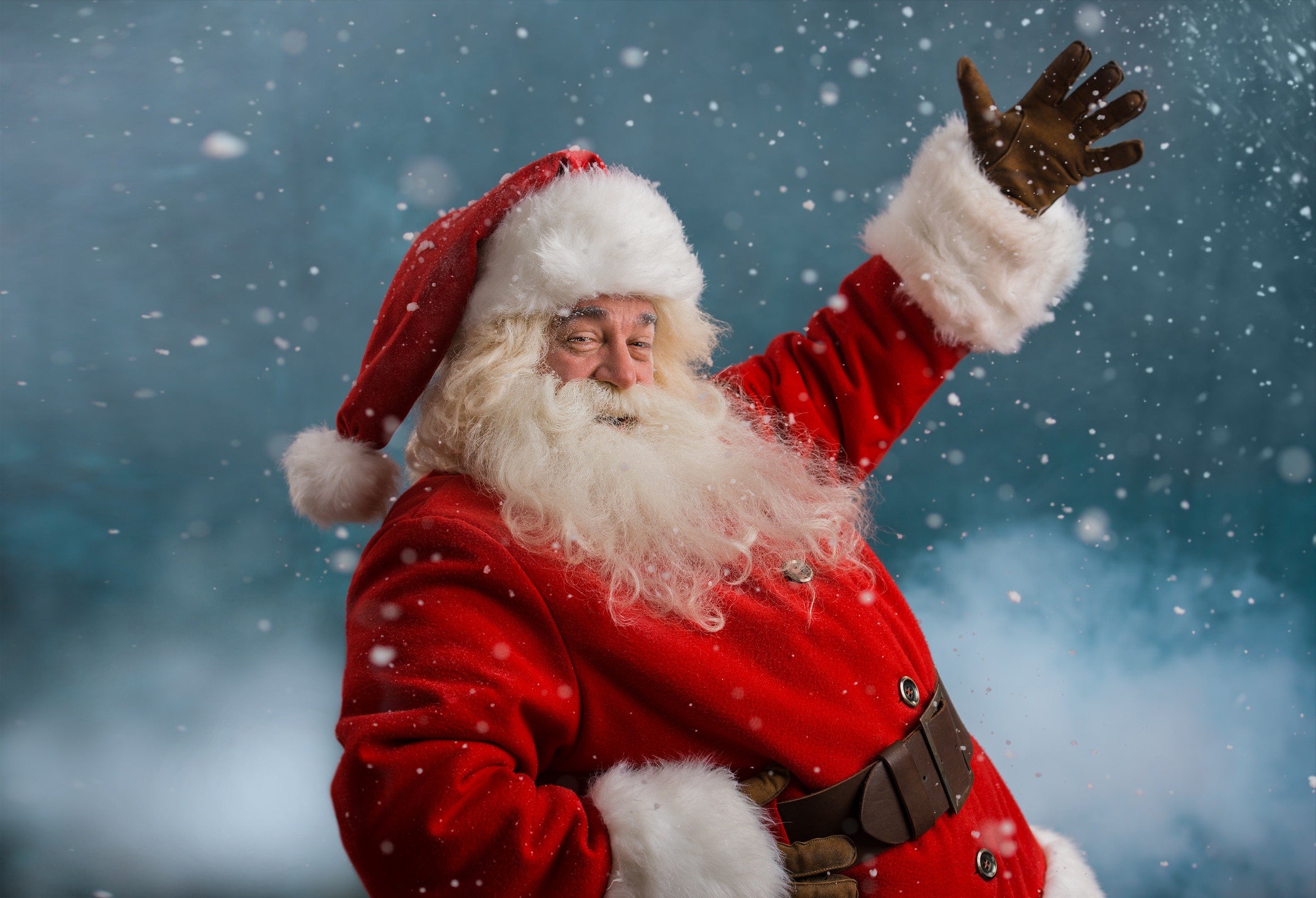‘Twas the night before Christmas
and all through the house
hidden dangers were lurking
plants to hide and trees to douse
A few weeks ago, my parents took my two-year-old with them to pick out a Christmas tree. When they returned, my son struggled into their kitchen, beaming behind the beautiful white poinsettia he had picked out for me.
"Don't let him eat it," my dad joked. This was a child who had refused most food that wasn't apples or Christmas cookies for the duration of our visit, so there was a vanishingly small likelihood he would consider eating the plant. But my dad issued that warning anyway, as he and my mom have done for as long as I could remember, because poinsettias are poisonous.
Except that they're not. Poinsettias were cleared of all charges in the 1970s, when researchers at Ohio State found them to be non-toxic. Snopes and other myth-busting websites have exonerated the poinsettia. Yet poinsettias have continued to be incorrectly identified as poisons.
What accounts for the persistence of this holiday myth? And what can the example of the poinsettia teach us about fear-based parenting?
According to Ecke Ranch, the company responsible for cultivating poinsettias into the flowers we recognize today, Flores de Noche Buena (Flowers of the Holy Night) were so named because they bloom during the holiday season. They feature in a Christmas miracle story about a poor girl whose paltry offering of weeds bloomed into brilliant red flowers when she placed them by her chapel's nativity scene.
The plant most Americans know it is named after Joel Roberts Poinsett, a former medical student and amateur botanist who, as the United States' first ambassador to Mexico, found the plant and brought it home to his South Carolina greenhouse in the late 1820s.
The plant, which Ecke Ranch suggests was used as a fever treatment by the Aztecs, did not become "poisonous" until 100 years after its introduction to the U.S. The poison poinsettia myth has its roots in botanist Joseph Francis Rock's assertion that a two-year-old child died from sucking on the plant's leaves.
It's not clear that the child existed, or if the child did exist, if he died an early death, or if the child did die at a young age, if it was a poinsettia that did him in. But the myth spread like, well, poinsettia, which had taken root across the U.S. and into Hawaii, where the myth originated. By 1944, that myth was solidified in Harry L. Arnold's "Poisonous Plants of Hawaii":
The milky juice and the leaves are poisonous. The two-year-old child of an Army officer at Fort Shafter died from eating a poinsettia leaf in 1919. The poisonous substance is neither an alkaloid nor a glucoside, and is probably a resin. It causes intense emesis and catharsis, and delirium before death. The writer has been unable to find any definitive statement of its pharmacological action or its antidote.
The myth then became an invasive species, growing into medical publications and then popular magazines throughout the U.S. In the 1970s, the Society of American Florists, wishing to restore the poinsettia's good name while improving their business, commissioned a study from researchers at Ohio State, which found that poinsettias were not poisonous.
The child who may or may not have existed and who may or may not have died is long gone from memory, but the effects of his story linger nearly 100 years later – a testament to the long-reaching effects fear can have on our collective parenting decisions. Belief in poisonous poinsettias has been as persistent as belief in Santa Claus, in spite of mounting contrary evidence.
But in the case of the flowers, why do we keep believing long after we should? One theory is the name, which sounds close to "poison" and keeps danger front-of-mind. The Museum of Hoaxes identifies this theory, as well as "guilt by association." Poinsettias, which look similar to holly and mistletoe, got unfairly grouped with these actual poisonous plants.
That belief may be starting to change. Over the past few holiday seasons, the Society of American Florists has encouraged its members to download and distribute a flyer about poinsettias. Perhaps their ongoing campaign is working. In 1996, researchers studying calls to Poison Control Centers reaffirmed that poinsettia exposures did not result in toxicity. In 2004, Poison Control Centers received 2206 calls about poinsettia exposure, which made the poinsettia responsible for 3 percent of the phone calls for plant exposures.
Plant-exposure calls to Poison Control have fallen over the past decade, as have calls about poinsettias, which have dropped every year in both number and percentage from 2004 to 2014. In 2014, poinsettia exposures accounted for only 343 calls, representing .77 percent of the phone calls for plant exposures.
The decrease in calls to poison control do not tell us that children are eating poinsettia any less often, or that people aren't buying poinsettias as often, although either could be true. It may suggest that the publicity campaigns like this one sponsored by the Society of American Florists are working to restore the poinsettia's good name.
The cautionary tale of the tree-turned-torch
Poinsettias are not going to kill us. But what about the other holiday plant at the start of our story? Christmas trees have been much-maligned for face and eye injuries as well as falls. But more than any of these injuries, Christmas trees are most feared for the fire hazards they pose.
We're warned to spend the holiday season obsessively watering our trees, quickly disposing of dry needles, and unplugging strings of lights when not in use. Artificial trees invite different warnings about frayed wires and broken bulbs.
Christmas trees have done more to earn their reputation than poinsettias. According to the National Fire Protection Association's November 2016 report on "Home Structure Fires Involving Christmas Trees," Christmas tree fires are responsible for an average of 210 house fires each year, which lead to an average of six deaths and 16 injuries, in addition to 16 million dollars of property damage.
We should be emboldened by these figures: 210 is a small number of trees, and even that average is on the decline. In 1980, there were 850 fires. In 2014 – the last year cited within the NFPA's November 2016 report – there were 170 fires. While numbers like 16 million dollars in property damage sound grim, focusing on another big number can help us put this data into perspective.
The National Fire Protection Association reported average is 210 Christmas tree fires per year. It's reasonable to assume that each of those fires was started by a single Christmas tree. Using the National Christmas Tree Association's data on Christmas tree sales, we can determine that from 2010 to 2014 (the same period reported on in the NFPA's data), there were an average of 28.3 million real trees and 11.4 million artificial trees sold, for a total average of 39.7 million trees.
We cannot know if those trees are all sold to homeowners instead of businesses, or how many trees are not sold but cut down, but taking a conservative estimate and assuming that just half of that number – 20 million – go to homes, then the average number of Christmas tree fires per year represents one fire for every 100,000 trees. Again, that's a reasonably conservative estimate.
It's further reassuring to examine what sorts of fires are included within the NFPA report. Twenty-three percent of the fires included in the 2010-2014 study were intentional; that is, the trees had been set on fire on purpose. It's likely that most of the trees involved in those fires were being burned in home fireplaces as a means of disposal, when the fires then got out of control.
What's more troubling about Christmas tree fires is that they're more deadly than other kinds of home fires. An ignited Christmas tree can destroy a living room in one minute, which helps to explain why Christmas tree-involved house fires are significantly more deadly than other types of house fires.
When a Christmas tree is the first item ignited, house fires carry a one in 34 chance of death. For all house fires, that risk is much lower, one in 142. So although the likelihood of a Christmas tree fire is astonishingly rare, such fires are more dangerous either because of or in spite of all of the PSAs we view each season.
Returning to the National Fire Protection Association's report, at least some of the resulting deaths may have been avoided by fire prevention education. In some cases, clearly flammable materials like kerosene were stored near the tree, creating an avoidable fire hazard. In other cases, homeowners reentered the home for belongings. Examples such as these demonstrate the need for fire safety education at all times of the year, not just the holiday season.
For children, the holiday season's invitation to magical thinking is a source of wonder and excitement. For parents, a different kind of magical thinking leads to fears of things that will likely never come to pass. The truth is that we should be worried less about our kids' safety and more on our own.
Fall-related injuries and back strain are the number one and number three holiday-related injuries, and happen overwhelmingly in adult populations. But we can't very well get rid of all the ladders and stools. And fearing all the chairs in our homes would drive us mad. So we build elaborate narratives around the more novel "dangers" of the holiday season.
This year, display your poinsettias without fear. Un-baby-gate your tree. But maybe lay off the eggnog before hanging any lights.



